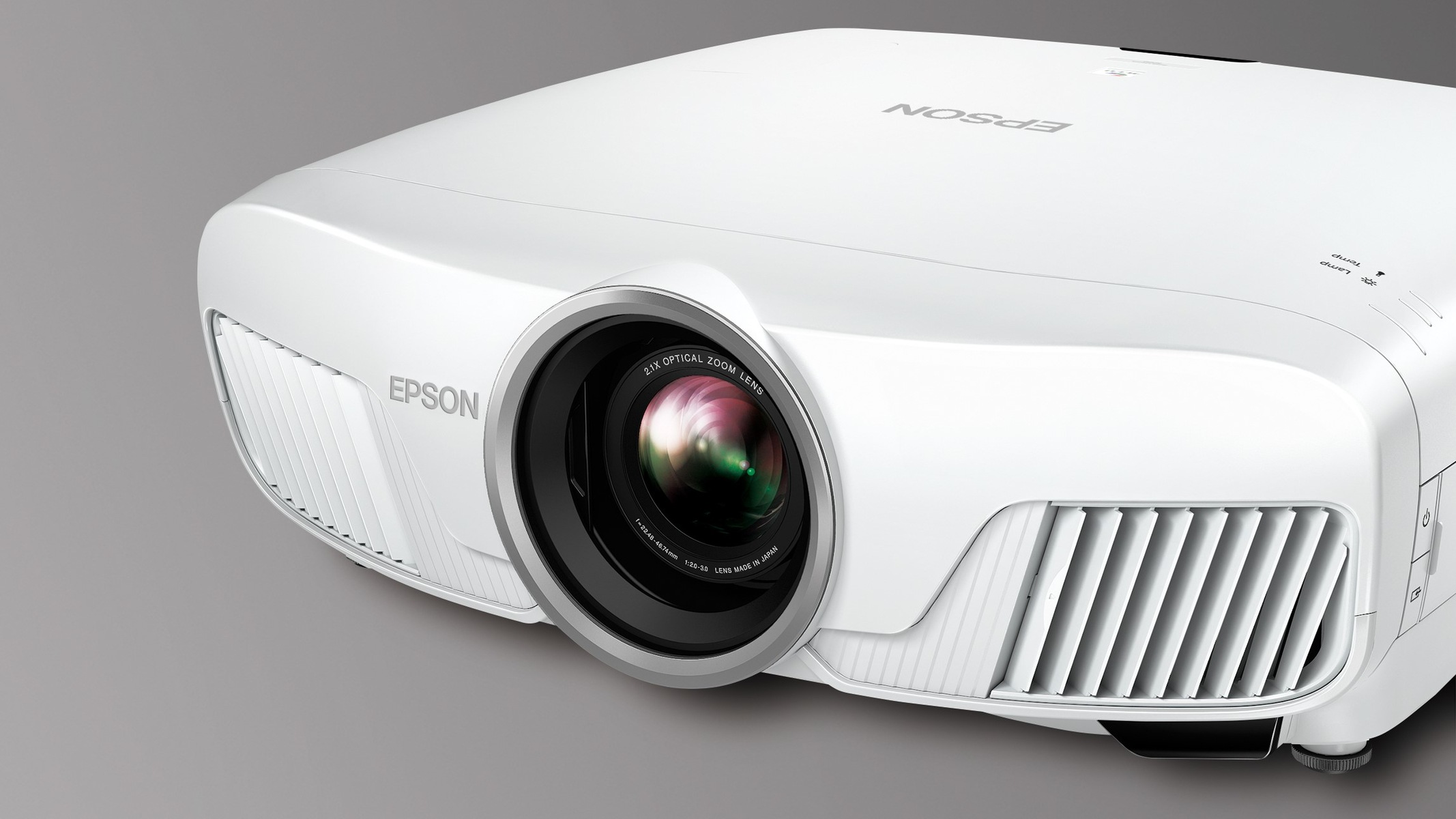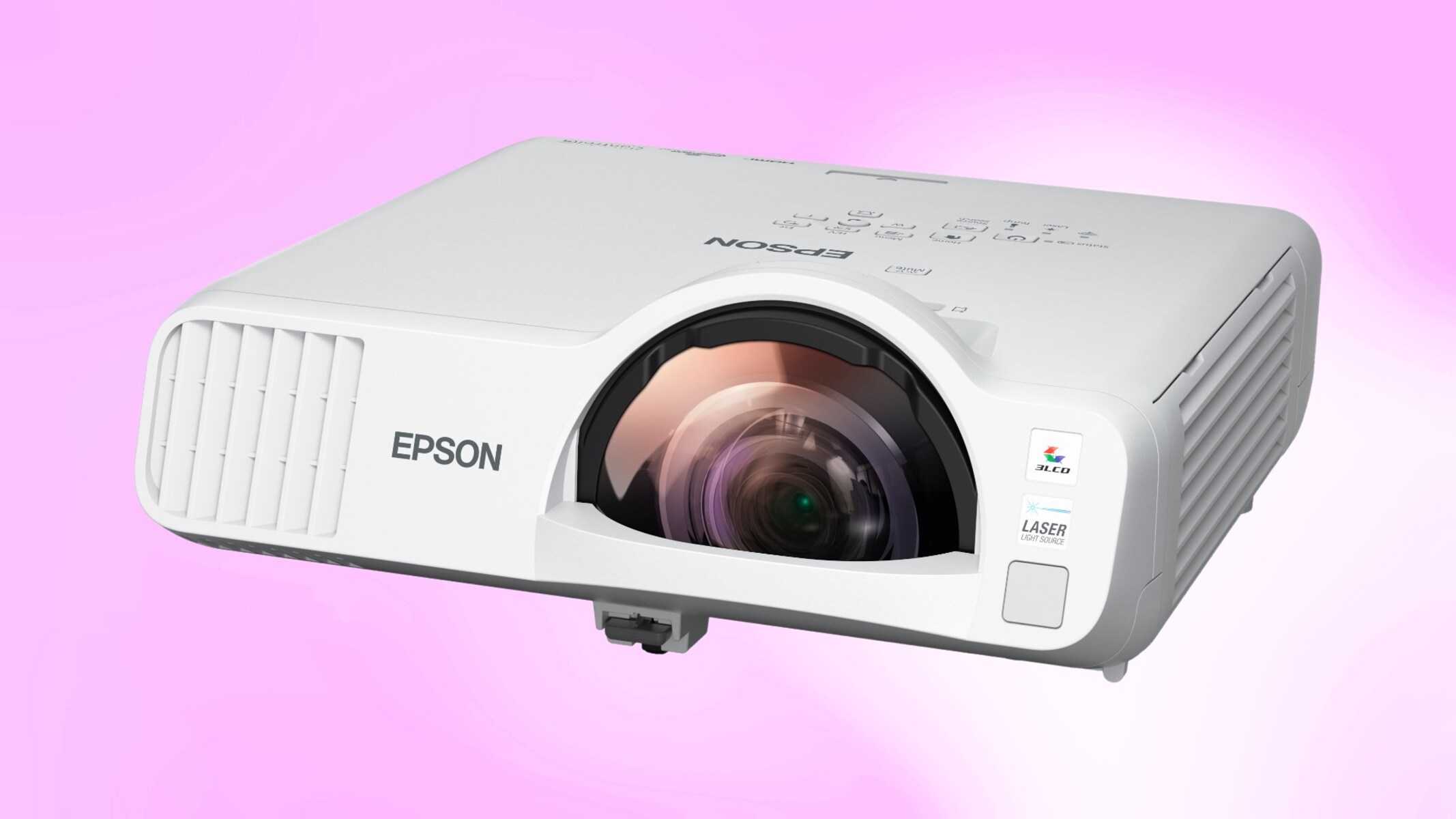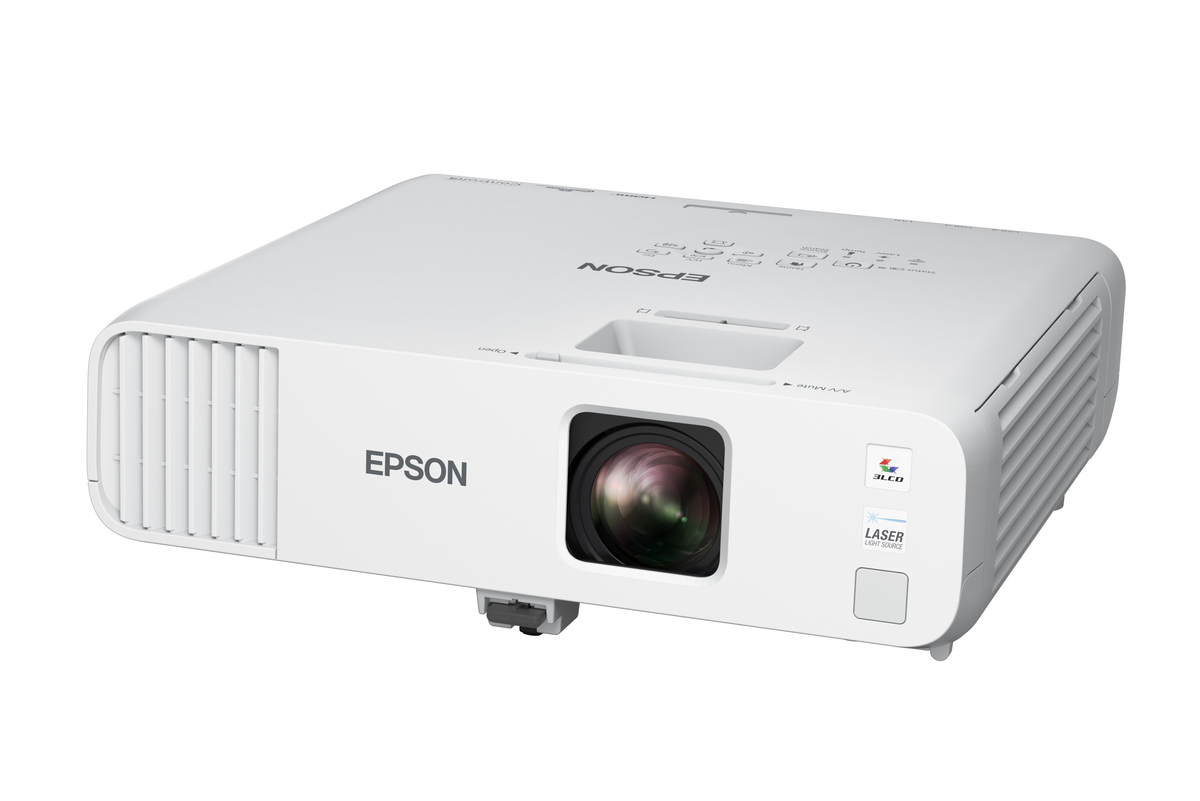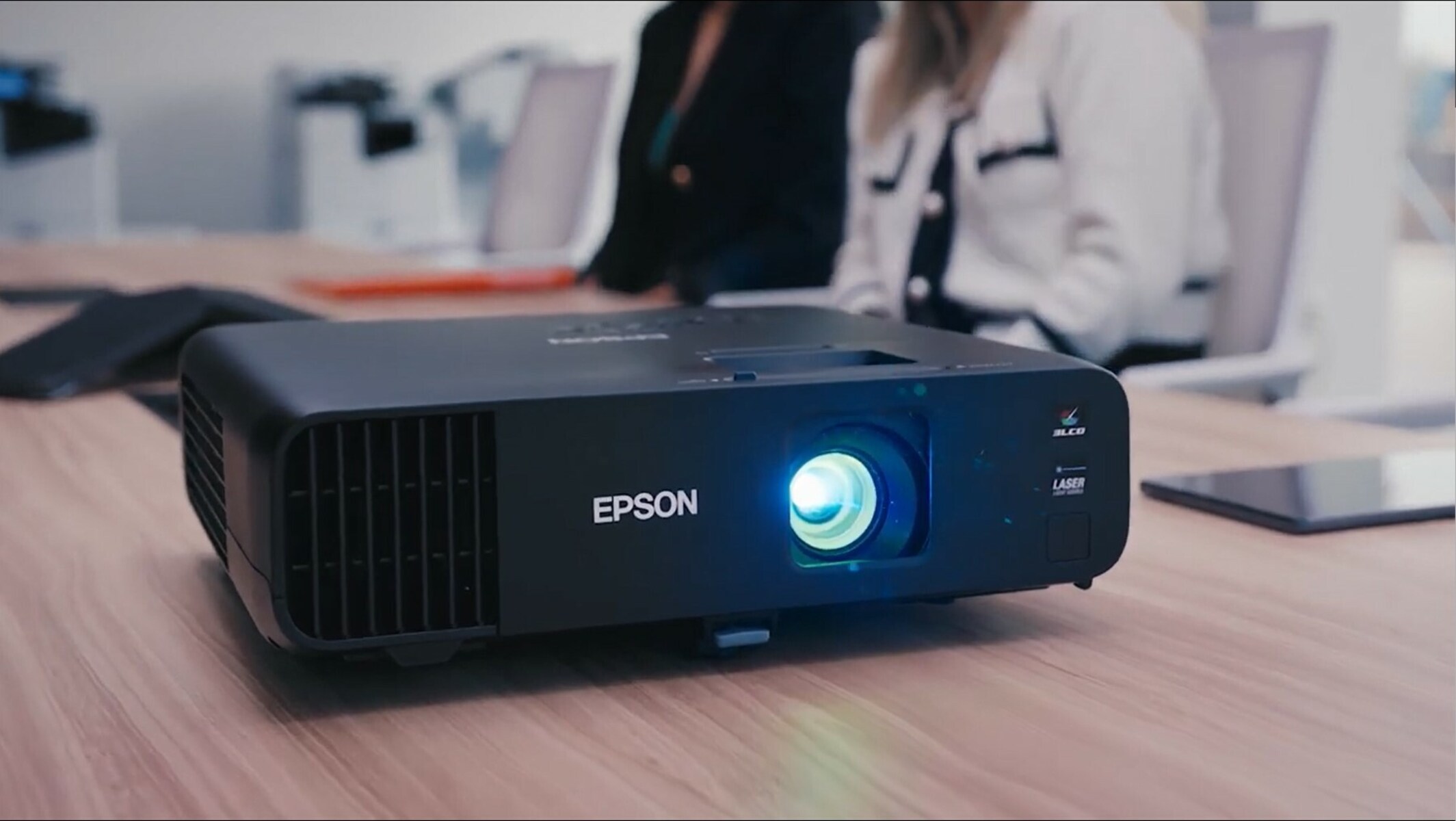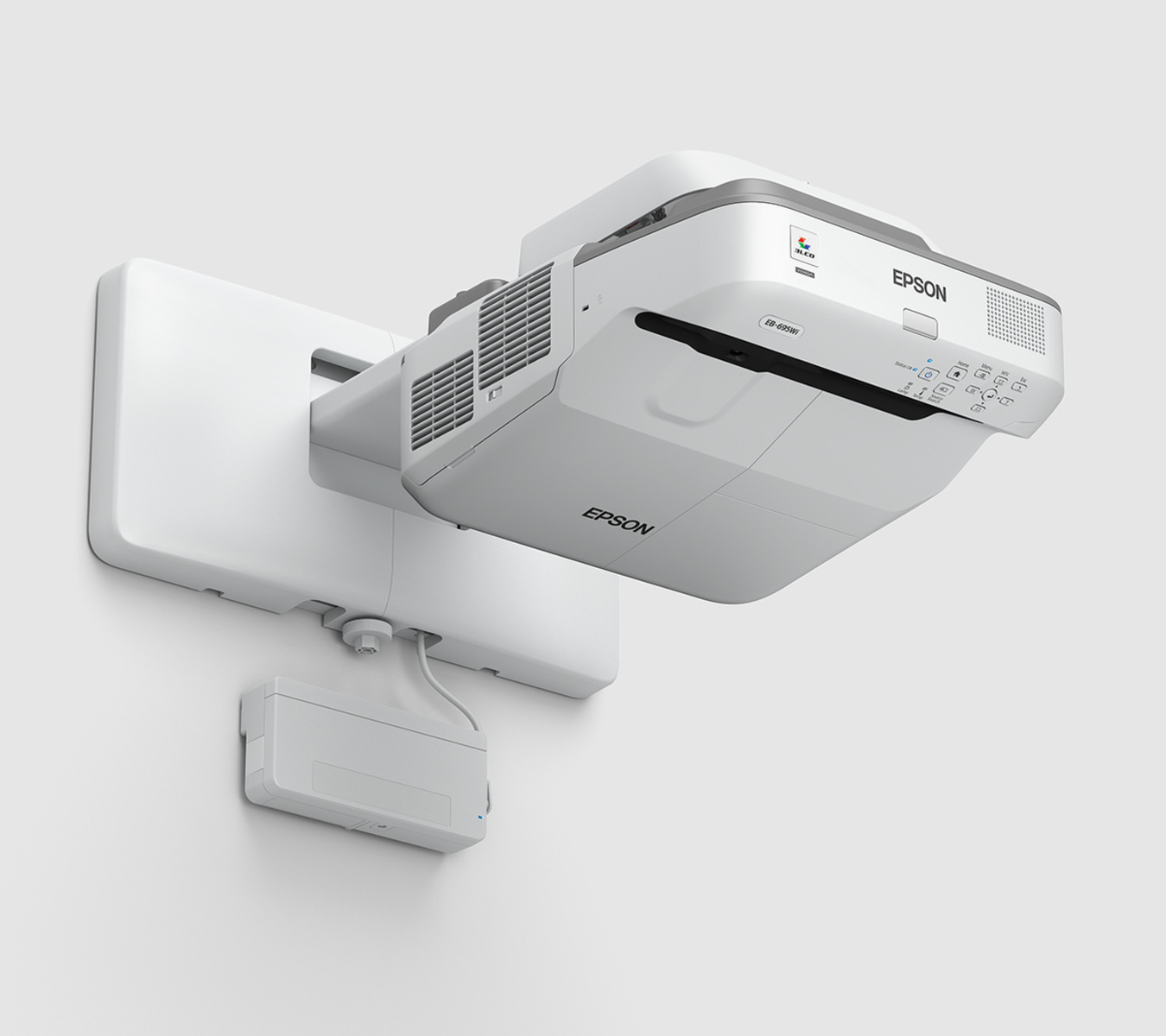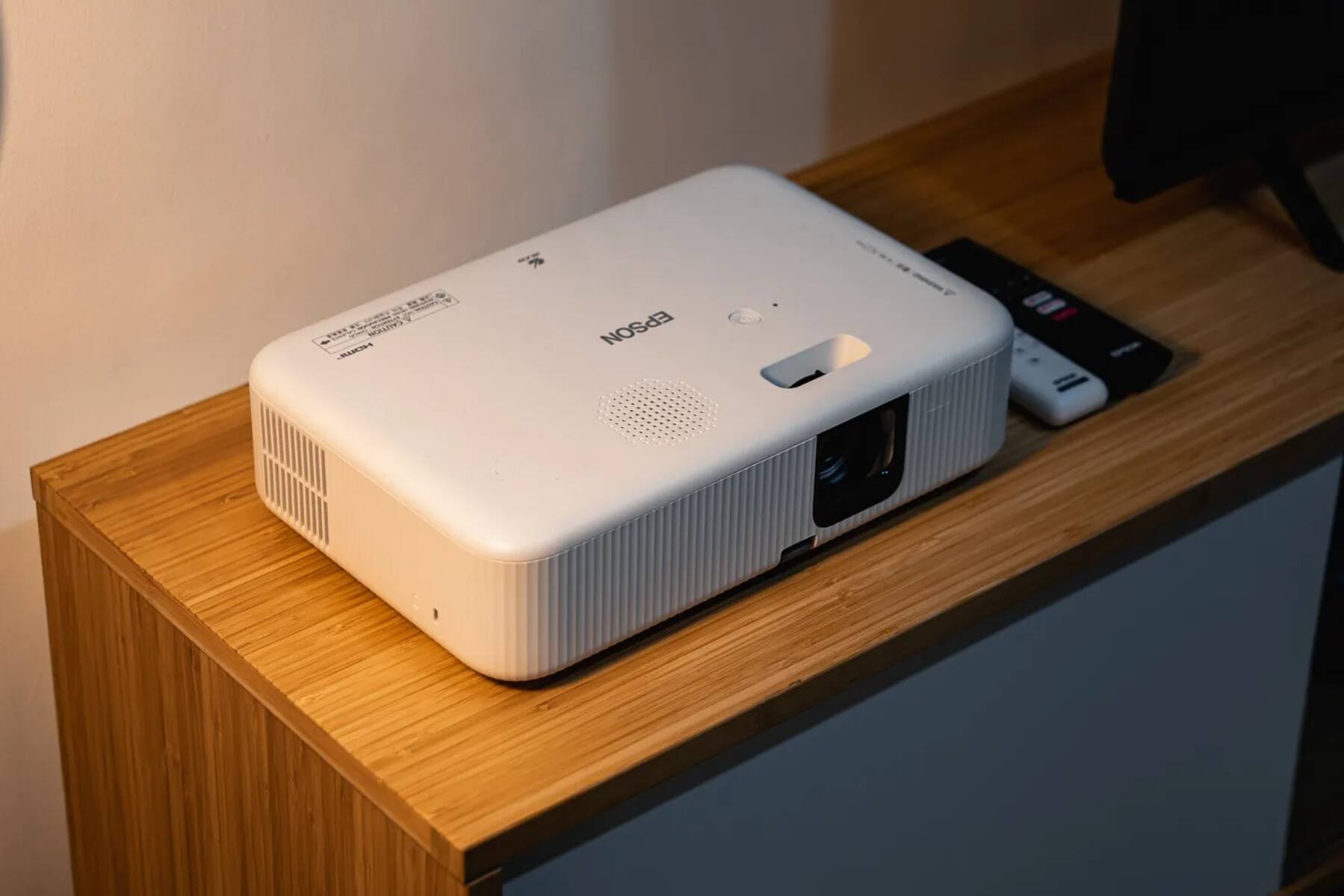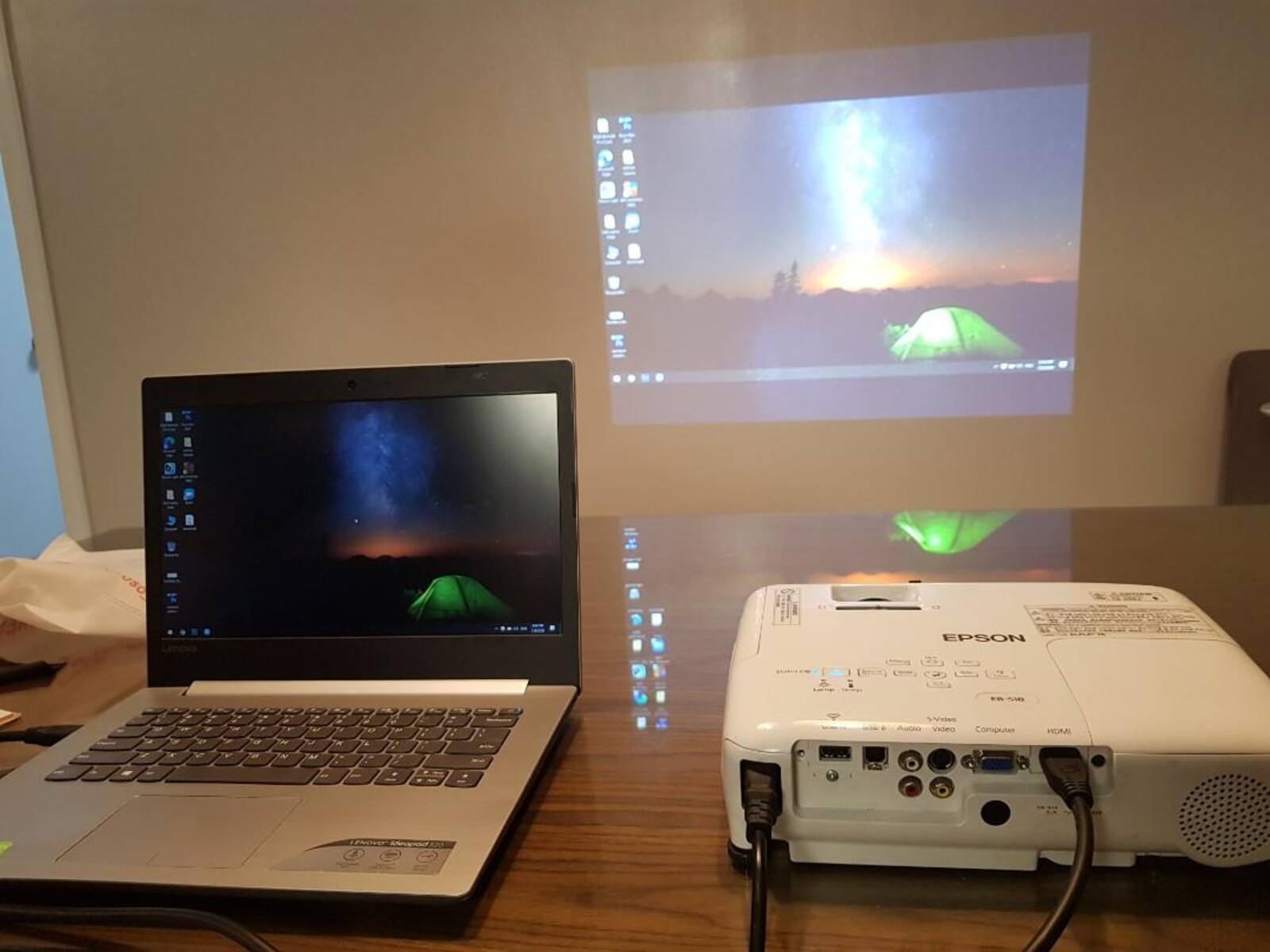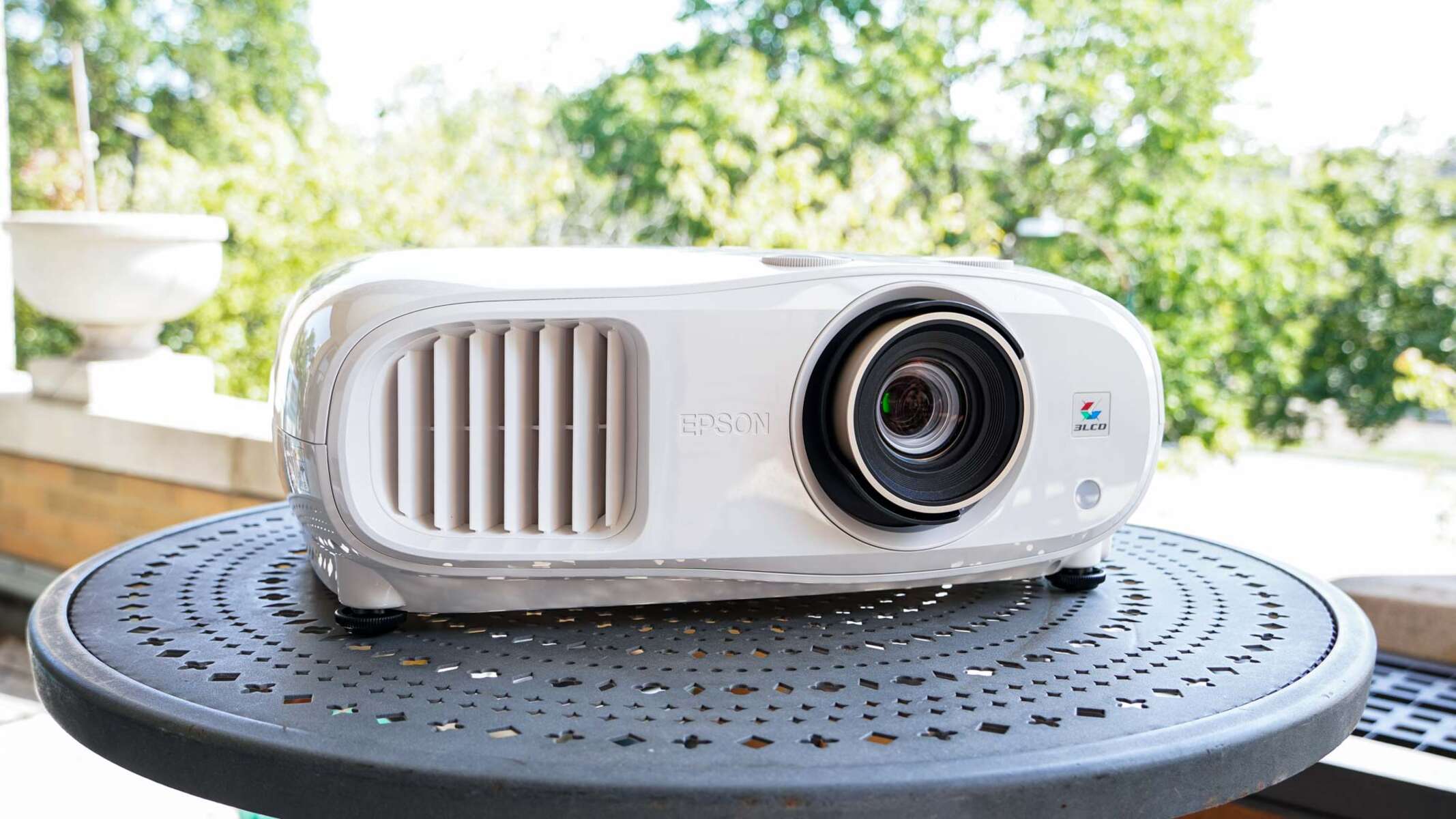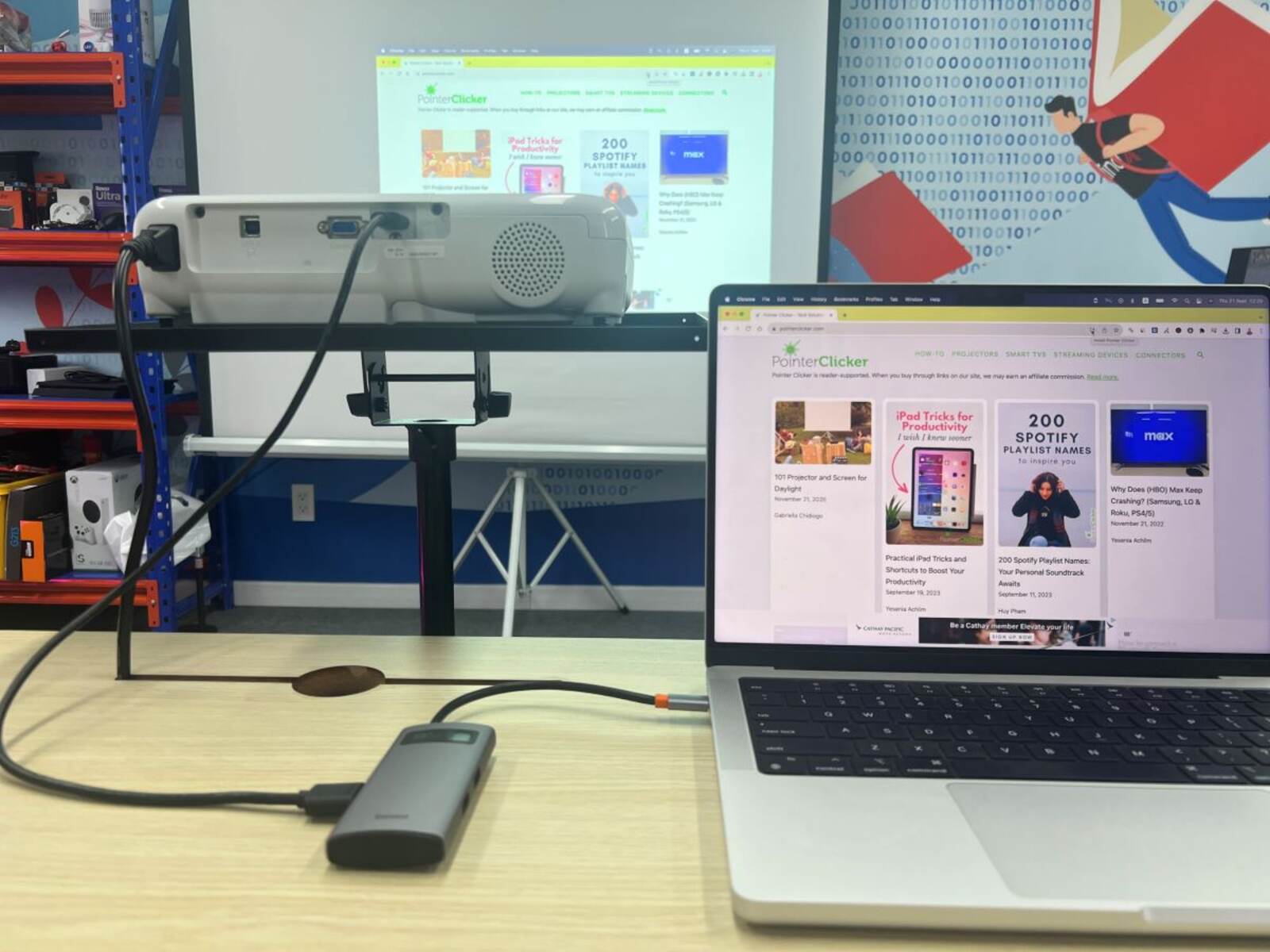Introduction
Welcome to our guide on how to connect your phone to an Epson projector! Epson projectors are popular choices for both personal and professional use, offering high-quality visuals and versatile connectivity options. By connecting your phone to an Epson projector, you can easily share photos, videos, presentations, and more with a larger audience.
In this article, we will walk you through the step-by-step process to connect your phone to an Epson projector wirelessly. Whether you have an Android or iOS device, Epson projectors support multiple connectivity options such as Wi-Fi, Bluetooth, and screen mirroring. By following our instructions, you’ll be able to enjoy the convenience of projecting content directly from your phone without the need for cables or adapters.
We understand that technology can sometimes be complicated, but fear not – we’ll break it down into easy-to-follow instructions. After completing the setup, you’ll be able to stream movies, display presentations, play games, and even showcase photos from your phone on a big screen. So, let’s get started and make the most of your Epson projector!
Step 1: Check compatibility
Before you begin the process of connecting your phone to an Epson projector, it’s important to ensure that both devices are compatible. Epson projectors typically support various connectivity options, so it’s crucial to check if your phone supports the same protocol.
Firstly, check the model of your Epson projector and refer to the user manual or the Epson website to ascertain its supported connectivity features. Common options include Wi-Fi, Bluetooth, and screen mirroring (also known as Miracast or AirPlay).
Next, identify the model and operating system of your phone. Whether you have an Android or iOS device, make sure it meets the minimum requirements for connecting to an Epson projector. You may find this information in the phone’s settings or by checking the manufacturer’s website.
If both your phone and the Epson projector support the same connectivity options, you’re good to go. However, if there is a compatibility mismatch, don’t worry! There may still be workarounds available, such as using a third-party adapter or connecting via HDMI or USB.
Remember, compatibility is key to a successful connection. By ensuring that your phone and Epson projector are compatible, you can avoid unnecessary frustration and have a seamless wireless connection experience.
Step 2: Prepare the necessary equipment
Once you’ve confirmed the compatibility between your phone and the Epson projector, it’s time to gather the necessary equipment to establish the wireless connection. Here’s what you’ll need:
- An Epson projector with wireless connectivity capabilities.
- A fully charged phone with Wi-Fi or Bluetooth functionality.
- A stable and reliable Wi-Fi network or a Bluetooth-enabled device.
- The Epson iProjection app or the appropriate screen mirroring app for your phone’s operating system.
Ensure that your Epson projector and phone are within range of the Wi-Fi network or have Bluetooth connectivity enabled. A strong and stable network connection is crucial for uninterrupted streaming and smooth content projection.
It’s also recommended to install the Epson iProjection app on your phone, as it provides additional control and customization options for your Epson projector. The app is available for both Android and iOS devices and can be downloaded from the respective app stores.
If you plan to use the screen mirroring feature, make sure you have a compatible app installed on your phone. For Android devices, Google Home or any casting app that supports Miracast will work. iOS devices, on the other hand, come with built-in AirPlay functionality, allowing you to mirror your screen directly to the Epson projector.
By gathering all the necessary equipment and having the required apps installed, you’ll be well-prepared to proceed with the wireless connection setup.
Step 3: Enable Wi-Fi or Bluetooth on your phone
In this step, you’ll need to ensure that the Wi-Fi or Bluetooth functionality on your phone is enabled so that it can establish a connection with the Epson projector. Follow these simple instructions to enable the necessary settings on your phone:
- For Wi-Fi:
- Go to the “Settings” menu on your phone.
- Select “Wi-Fi” from the available options.
- Toggle the Wi-Fi switch to the “On” position.
- Choose your desired Wi-Fi network from the list and enter the password if prompted.
- For Bluetooth:
- Access the “Settings” menu on your phone.
- Tap on “Bluetooth” in the list of options.
- Toggle the Bluetooth switch to the “On” position.
- The phone will start scanning for available devices. Select the Epson projector from the list to establish a Bluetooth connection.
Once you have enabled the appropriate connectivity option (Wi-Fi or Bluetooth) on your phone, it’s ready to establish a wireless connection with the Epson projector. Remember to keep your phone within range of the Wi-Fi network or the Bluetooth signal for a successful connection.
It’s important to note that the specific steps to enable Wi-Fi or Bluetooth may vary slightly depending on the phone’s make and model or the operating system version. However, the general process remains similar across most devices.
Now that your phone’s connectivity settings are in order, you’re one step closer to connecting it wirelessly to your Epson projector and projecting your content with ease.
Step 4: Connect to the Epson projector wirelessly
Now that your phone’s Wi-Fi or Bluetooth is enabled, it’s time to establish a wireless connection with the Epson projector. The process may vary slightly depending on the connectivity options available on your specific model of Epson projector. Follow these general steps to connect your phone to the Epson projector wirelessly:
- Ensure that the Epson projector is turned on and in range of your phone.
- If using Wi-Fi, open the Wi-Fi settings on your phone and select the network associated with your Epson projector. Note that the network name will typically include “EPSON” followed by a series of alphanumeric characters.
- Enter the password for the projector’s network if prompted. The default password is usually provided in the projector’s user manual or on a label affixed to the projector itself.
- If using Bluetooth, ensure that your phone is paired with the Epson projector. This may involve going to the Bluetooth settings on your phone, searching for available devices, and selecting the Epson projector from the list of detected devices.
Once the connection is established, your phone will be paired with the Epson projector. This means that you can now begin transmitting content wirelessly from your phone to the projector for display in real-time.
Remember to keep your phone within the operating range of the projector and avoid obstructions that may interfere with the wireless signal. Additionally, it’s essential to ensure that both devices remain connected to the same Wi-Fi network or maintain the Bluetooth connection for seamless and uninterrupted transmission.
By following these steps, you’ll be able to connect your phone to the Epson projector wirelessly and enjoy the benefits of projecting your content on a larger screen effortlessly.
Step 5: Adjust projection settings
Once you have successfully connected your phone wirelessly to the Epson projector, it’s time to adjust the projection settings to ensure the best possible display. The following steps will guide you through the process:
- On your phone, open the Epson iProjection app or any other compatible app that you have installed for screen mirroring.
- Within the app, you will have various options to customize the projection settings. This can include adjusting the display mode, aspect ratio, brightness, and contrast levels, as well as selecting the audio output if available. Take some time to explore and experiment with these settings to find the optimal configuration for your needs.
- If using screen mirroring, you may have the option to enable or disable audio transmission from your phone to the projector. Enable this option if you wish to have audio playback through the projector’s speakers.
- Position the projector in a suitable location and adjust the focus and keystone correction on the projector itself, if needed, to ensure a clear and properly aligned projection.
It’s essential to take into consideration the lighting conditions of the room where you are projecting. Dimming the lights or using curtains can help improve the visibility and clarity of the projected content.
Experimenting with different settings and making adjustments according to your preferences will enhance the overall viewing experience. Remember that these settings may vary depending on the specific model of your Epson projector and the app you are using for projection.
Once you have adjusted the projection settings to your liking, you’re all set to enjoy your content on the big screen!
Step 6: Stream content from your phone to the projector
Now that your phone is connected to the Epson projector and the projection settings are adjusted, it’s time to start streaming content and enjoying it on the big screen. Follow these steps to stream content from your phone:
- Open the app or media file that contains the content you want to display on the projector.
- Play the video, slideshow, presentation, or any other type of content you wish to project.
- Ensure that the content is being displayed correctly on your phone’s screen.
- Press the “Screen Mirroring” or “Cast” icon within the app, which will initiate the streaming of the content to the Epson projector. Depending on the app and the phone’s operating system, this icon may look different but is typically represented by a rectangle with curved lines at the bottom.
- Within a few seconds, you should see the content mirrored on the projector screen. The content will be displayed in real-time, allowing you to control the playback and navigate through the content from your phone.
During the streaming process, you can interact with the content on your phone without interrupting the projection. This means you can swipe through photos, navigate slides, or even browse the internet while the content is being displayed on the projector.
It’s important to note that streaming content wirelessly from your phone to the Epson projector may introduce a slight delay or lag, especially when playing high-resolution videos or fast-paced content. However, in most cases, the delay is minimal and shouldn’t significantly impact your viewing experience.
Enjoy the convenience of streaming your favorite content directly from your phone to the Epson projector and make the most of its large screen capabilities.
Step 7: Troubleshooting common issues
While connecting your phone to an Epson projector wirelessly is generally a straightforward process, you may encounter some common issues along the way. Here are a few troubleshooting tips to help you resolve any potential problems:
- No connection: If you’re having trouble establishing a connection between your phone and the Epson projector, ensure that they are on the same Wi-Fi network or that Bluetooth is enabled and paired correctly. Double-check the password for the Wi-Fi network or try restarting both devices.
- Poor signal: If the wireless signal seems weak or intermittent, try moving closer to the projector or router to improve the signal strength. Eliminate any potential sources of interference, such as other electronic devices or physical obstructions.
- Audio issues: If you’re experiencing audio problems during playback, make sure that the audio output is set correctly within the app or screen mirroring settings. Additionally, check the volume levels on both your phone and the Epson projector.
- Low image quality: If the projected image appears distorted or pixelated, adjust the focus and keystone correction on the Epson projector. Ensure that the content you’re streaming is of high quality, as low-resolution files may not display well on a large screen.
- App compatibility: If you’re using a third-party app for screen mirroring, ensure that it is compatible with both your phone’s operating system and the Epson projector model. Consider using the official Epson iProjection app for the best compatibility and additional features.
If you’re still encountering issues despite troubleshooting, consult the user manual of your Epson projector for specific troubleshooting steps or refer to the Epson support website for further assistance. Remember that technology can occasionally have its quirks, but with patience and perseverance, you’ll be able to resolve most issues and enjoy seamless wireless connectivity with your Epson projector.
Conclusion
Congratulations! You’ve now learned how to connect your phone to an Epson projector wirelessly. By following the step-by-step instructions provided in this guide, you can easily share and project content from your phone onto a larger screen, whether it’s for work, presentations, entertainment, or personal use.
Remember to check the compatibility between your phone and the Epson projector before attempting the wireless connection. Prepare the necessary equipment, enable Wi-Fi or Bluetooth on your phone, and establish a wireless connection with the projector. Adjust the projection settings to optimize the display, and then start streaming your content effortlessly.
Should you encounter any issues during the process, refer to the troubleshooting tips provided in this guide. By following those troubleshooting steps, you can address common problems and ensure a smooth and seamless wireless connection experience.
Wirelessly connecting your phone to an Epson projector opens up a world of possibilities. You can showcase presentations, enjoy movies or videos, conduct interactive workshops, share photos and memories, and much more – all on a larger, more immersive screen.
Now that you have the knowledge and skills to connect your phone to an Epson projector wirelessly, go ahead and explore the full potential of your devices. Make the most of your Epson projector and enjoy the convenience and versatility of wireless connectivity!







